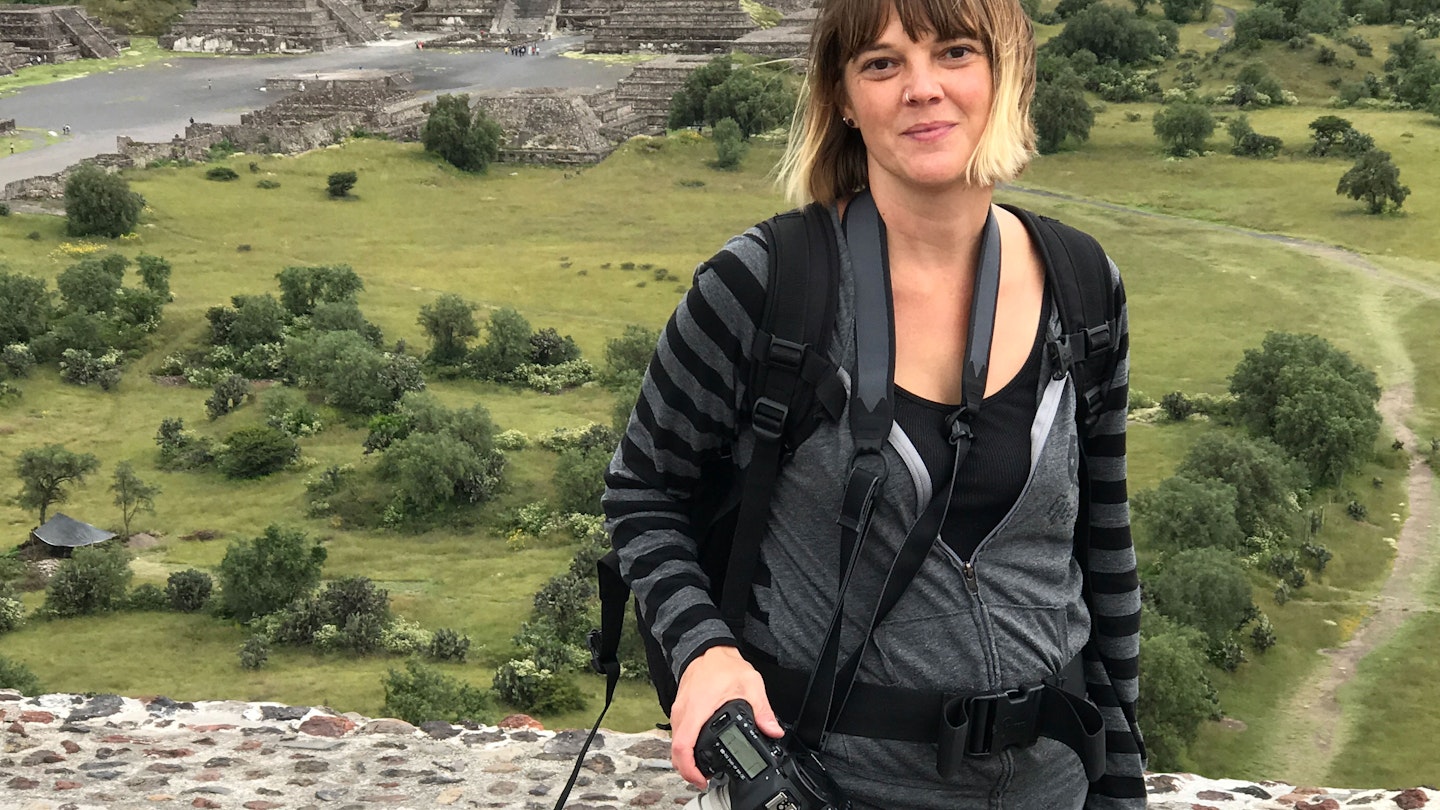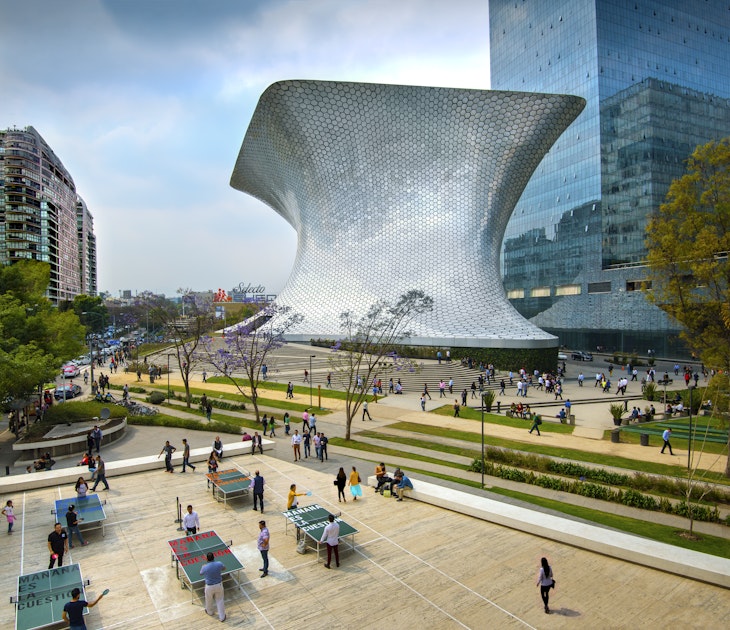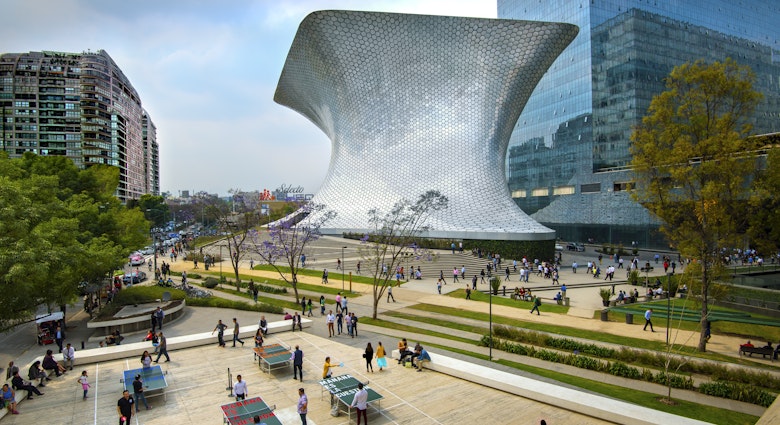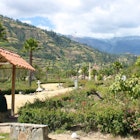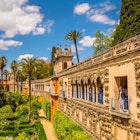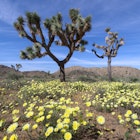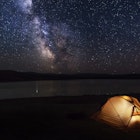As an artist and photographer I have always been drawn to historical and cultural places and the importance. Although at times it can seem like we are all too helpless against political turmoil, ignorance and the looming threat of climate change, Unesco World Heritage Sites identify and preserve the natural and cultural heritage that has shaped the development of humankind.
My project to photograph Unesco World Heritage Sites began almost two decades ago. I was living in Quito, Ecuador, with my then five-year-old daughter and working on a museum documentary project.
I decided we would head down to Peru so I could photograph the morning mist rising off Machu Picchu. This was before iPhones, and getting online required paying for time at internet cafes. So I consulted the latest Lonely Planet South America on a Shoestring, plotted and planned, and we hopped on a bus. It took us days of traveling, but when the morning finally came, I roused a sweet, sleepy-faced little girl at 4am so we could be the first to arrive at Machu Picchu.
As a woman traveling alone with a small child, with tight funds and limited internet, making that trip happen was not easy. But as the sun rose over Machu Picchu and I thought of the generations of humans who had witnessed the same view and felt the same emotions, I knew I had to share the experience with as many people as possible.
After nearly two decades of documenting over 70 Unesco World Heritage Sites, these are the ones that have had a deep impact on me.

Great Smoky Mountains National Park
This World Heritage site holds a special place in my heart because, at the impressionable age of nine, it was the first one I ever visited. Even though I didn’t have any idea about Unesco back then, I did have an overwhelming sense of awe and amazement at the plethora of waterfalls, moss covered rocks, rolling streams, and wild black bears that I saw on that trip.
The diversity of plant and animal life within the Great Smoky Mountains is what garners the World Heritage status at this US national park. Here, a trip can be easily tailored to suit all levels of interest and abilities, from back-country camping to simply taking a quick detour from the main road to roll up your pants and wade in a stream for a bit.

Galápagos Islands
No place on earth allows you to experience wildlife – both above and below the sea – quite like the Galápagos Islands. The archipelago, about 620 miles off the coast of Ecuador, became the first Unesco World Heritage site in 1978. It is home to native species that lack natural predators and therefore aren’t intimidated by the many visitors that come to stroll, hike, snorkel and dive alongside them.
Giant tortoises, blue-footed boobies, land iguanas, marine iguanas, sea lions, penguins, all of these are able to be observed from one of the many naturalist tours available. I’m fortunate enough to have visited the islands twice and the wow factor of being able to observe these unique animals so up-close doesn’t wear off, no matter how many times you get to casually walk around a sunning iguana who couldn’t care less that you’re there.

Medina of Fez
The Medina of Fez feels as unique and authentic as it was 1200 years ago. Not only does it contain one of the oldest universities in the world, it also has architecture, mosques, and numerous palaces that date back centuries. Walking through the labyrinth of streets is like walking through an open-air museum; from the dazzling gates you enter through to the dizzying amount of market stalls selling everything from handmade leather goods and rugs to ceramics and jewelry to spices and camel meat, your senses will be in overdrive trying to take it all in.
It’s also important to note that no matter how good you think you are at directions, the maze of corridors and alleyways will have you lost in a matter of minutes. Don’t let that worry you though, getting lost here is a rite of passage.
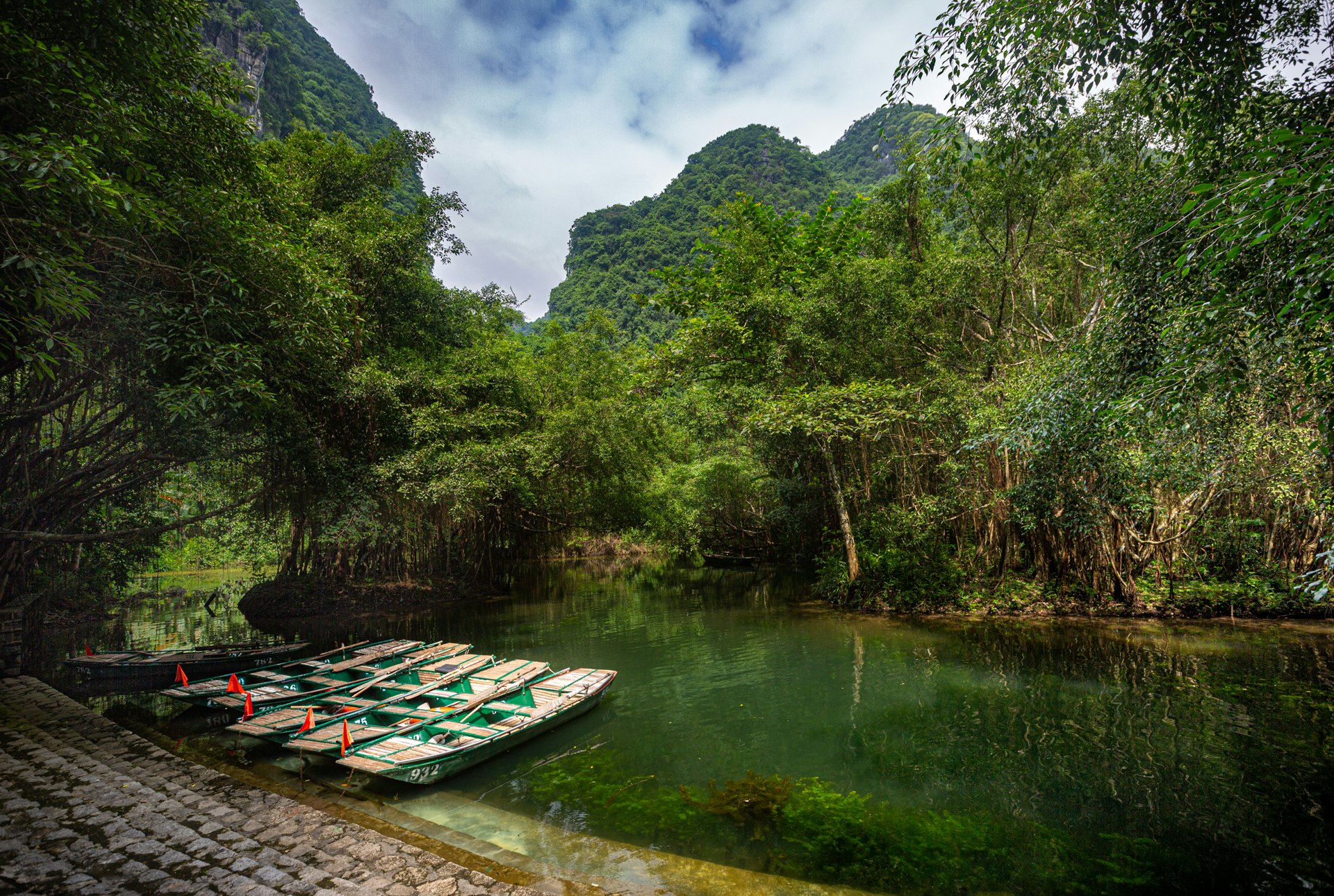
Trang An Landscape Complex
There aren’t a lot of World Heritage sites classified as a “mixed” site, which means it is recognized for both its unique natural characteristics and its cultural significance. Vietnam’s Trang An Landscape Complex is in this elite category for its stunning karst peaks and archaeological evidence of human activity stretching back 30,000 years.
Feel the sense of perfect serenity as you emerge from a partially submerged, secret cave while paddling through the blue-green water. Look on in awe at the sheer karst peaks and surrounded by lush rainforest - and then realize that generations before you have witnessed a similar scene. It’s an inspiring place like no other in the world.

Coiba National Park and its Special Zone of Marine Protection
One of the lesser-known protected marine areas in the world is Coiba National Park. The site encompasses Coiba Island, Panama, along with 38 smaller islands and the excellent diving waters surrounding them. It’s home to a number of threatened animals as well as being an essential area for migratory species.
Still under the radar, it’s a little more challenging to arrange a trip here but it is definitely worth the extra effort. On shore it’s possible to see monkeys, crocodiles and the elusive scarlet macaw. Underwater you might find yourself snorkeling or diving with whale sharks, sea turtles and all manner of tropical fish.
25 heritage sites in danger, according to the World Monuments Fund
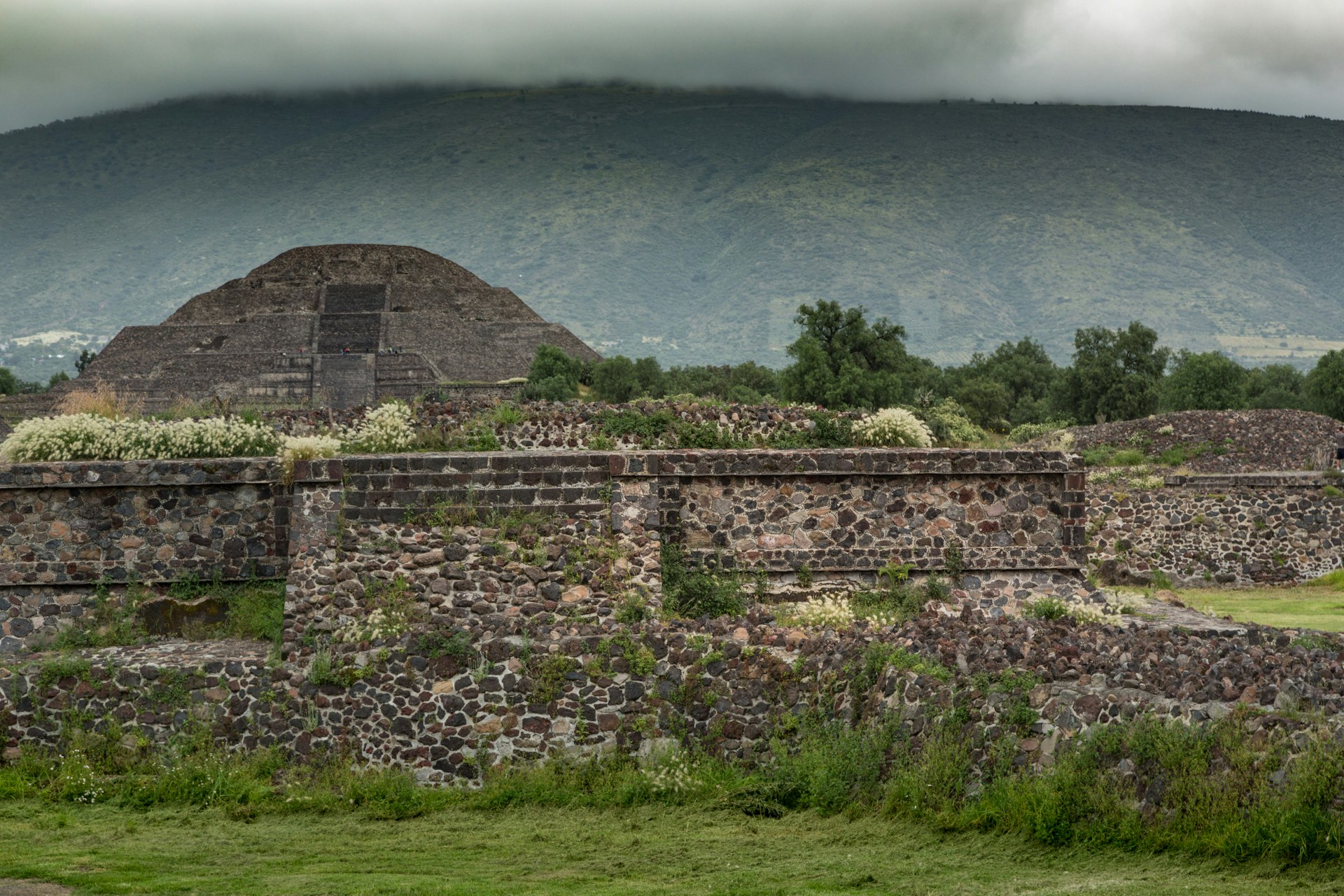
Pre-Hispanic City of Teotihuacan
About an hour northeast of Mexico City is the holy city of Teotihuacan (meaning “the place where the gods were created” in the Aztec language). The origins of this pre-Hispanic city are shrouded in mystery. At its peak at around 500 CE, there were an estimated 125,000 to 200,000 residents, making it one of the largest cities in the world during that time.
The two largest structures in the complex are the Pyramid of the Sun and the Pyramid of the Moon, both connected by a 130ft-wide (40m) road named the Avenue of the Dead. Climbing to the top of the pyramids and taking in the enormity of the ancient city is humbling no matter how many ruins you’ve seen before.

Historic Center of Cordoba
Cordoba might not get as much buzz as Madrid, Barcelona or even Seville but this lesser-visited Spanish city is loaded with World Heritage grandeur. The historic center encompasses what is sometimes thought of as two separate World Heritage properties, the Mosque-Cathedral as well as the Alcazar de los Reyes. Cordoba is most famous for the Mosque-Cathedral, also known as the Mezquita, which has been a temple, a mosque, and since the 13th century, a Christian cathedral.
On the inside you will find a visually stunning hypostyle forest of 856 pillars that support tiered horseshoe arches in alternating white and red. Within walking distance of the Mosque-Cathedral is Alcázar de los Reyes Cristianos (Alcazar of the Christian Kings). This seemingly mundane medieval fortress might fool you from the outside but on the inside are magnificent Mudéjar inspired gardens, pools, courtyards, and royal baths.
You might also like:
This is your brain on Antarctica: penguins, icebergs, and a lifetime supply of awe
Top 13 must-see natural wonders in Indonesia
10 of the most spectacular waterfalls at Yellowstone National Park and how to see them

